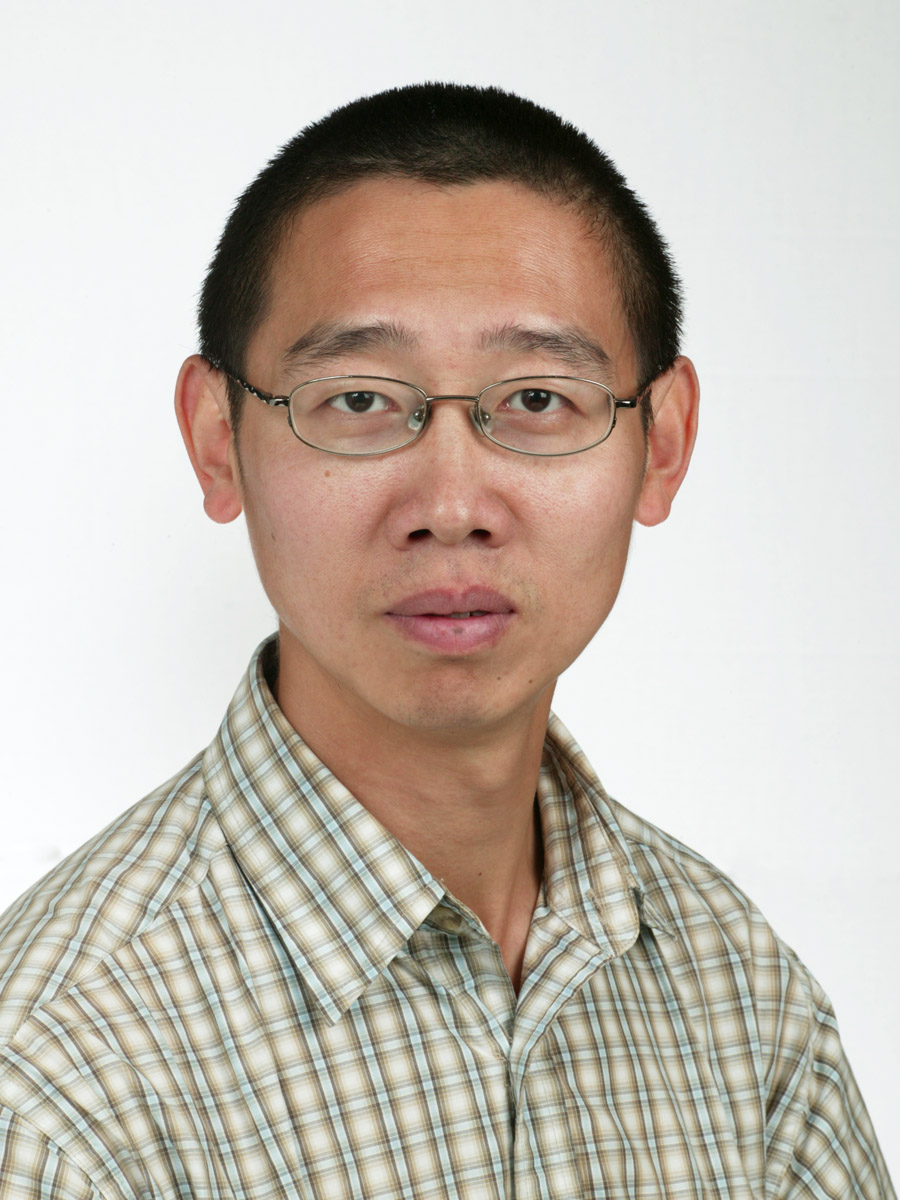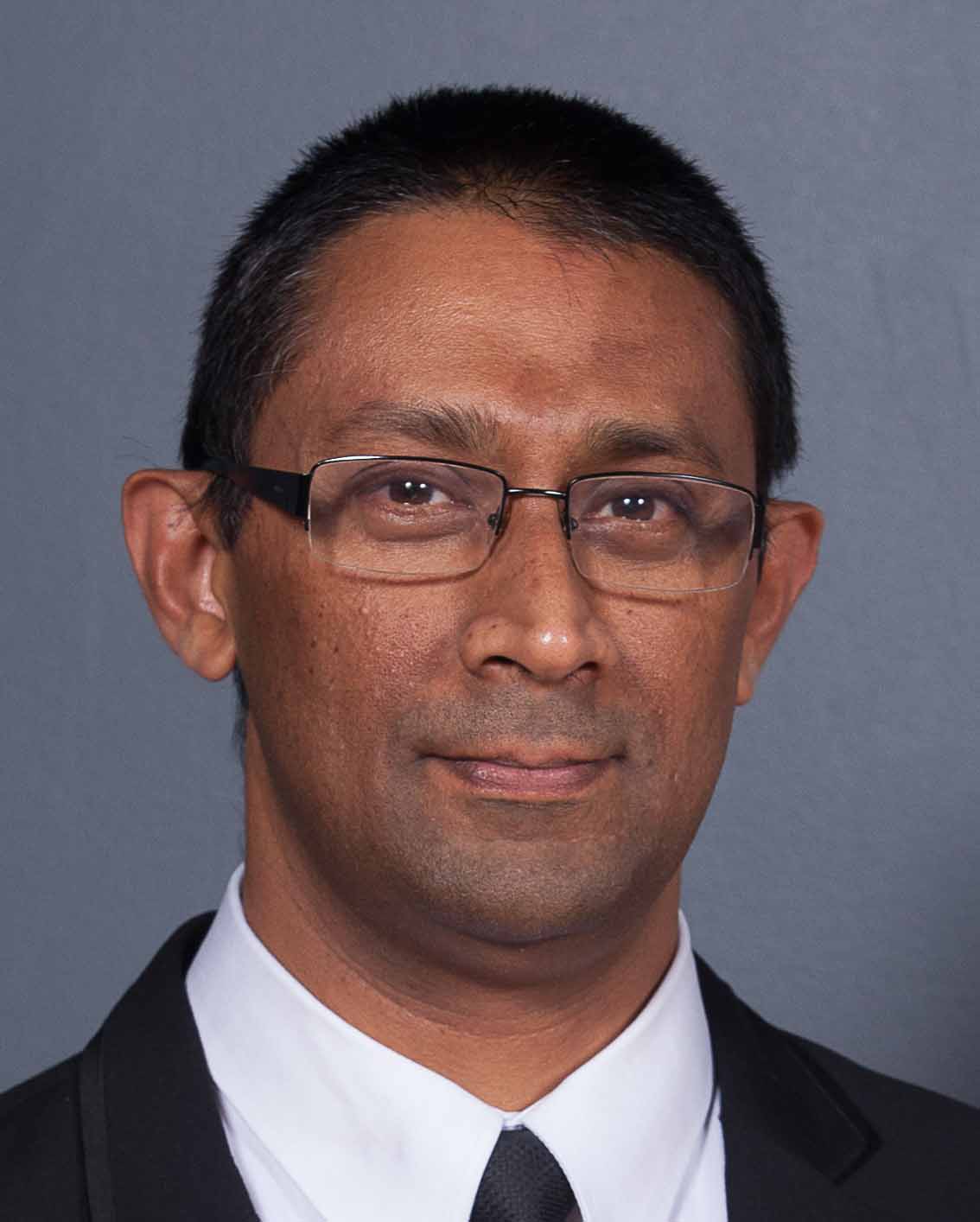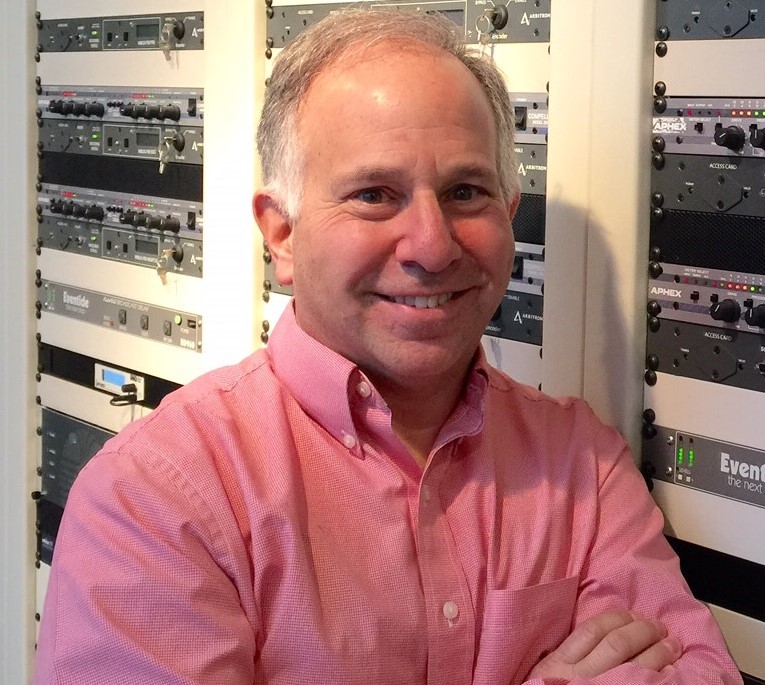Distinguished Lecturer Virtual Events
Upcoming DL Virtual Events
No Upcoming Events Planned, please contact j.barbato@ieee.org to schedule
If you are a chapter or host that is looking for a speaker for you next event please contact j.barbato@ieee.org
Past DL Virtual Events- All On Demand versions AVAILABLE ON THE BTS RESOURCE CENTER
Multi Sensorial Media Broadcasting
Presenter: Maurizio Murroni, BTS Distinguished Lecturer
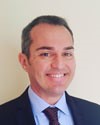
ABU DBS 2022
Commercial and Technical Aspects of Next Generation Video Coding (NGVC) Technologies for Broadcast and Broadband
Presenter: Peter Siebert, Broadcast Industry Advisor
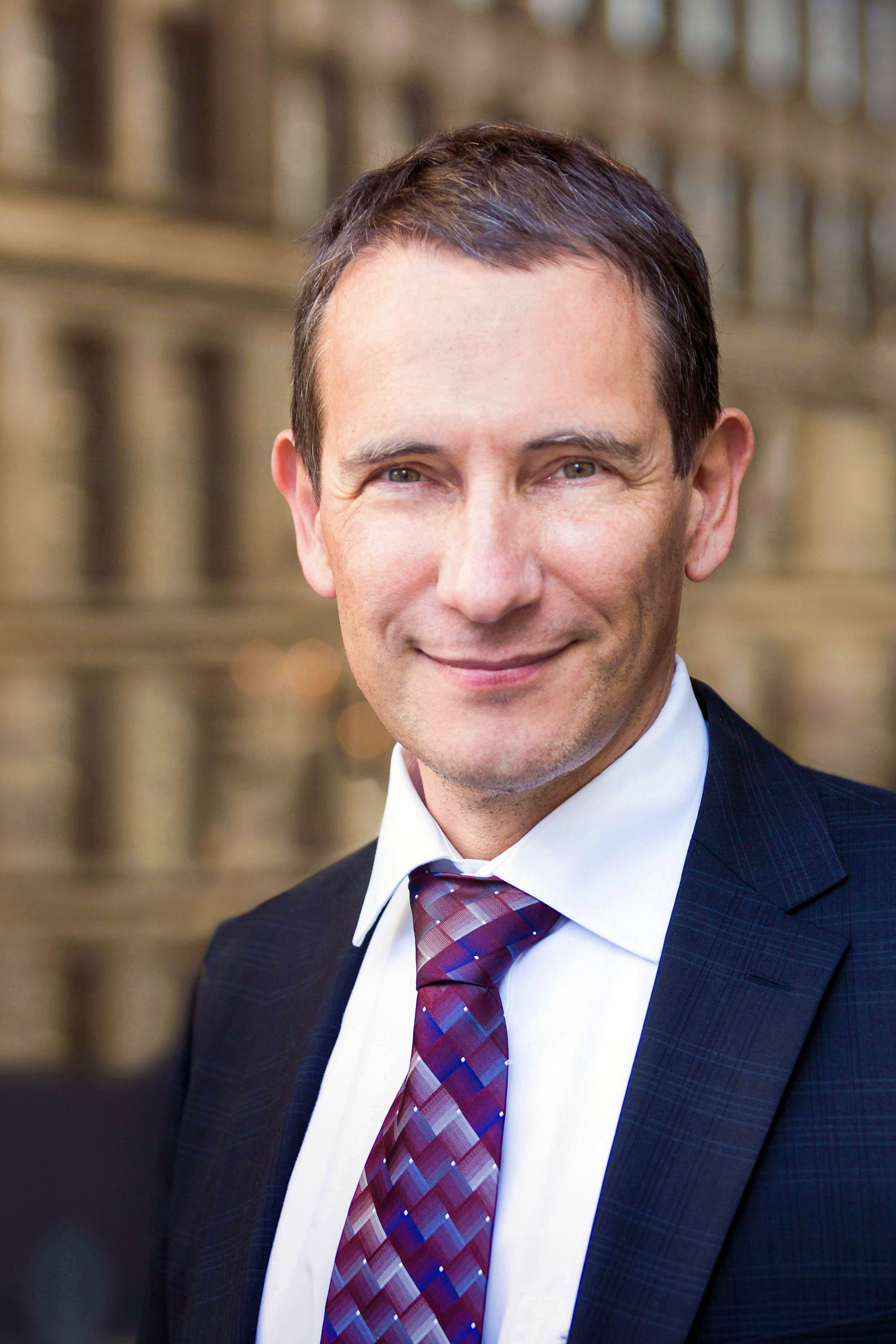
Can I Really Protect My Broadcast Station From Ransomeware?
Presenter: Wayne Pecena, Associate Director Information Technology at Texas A&M University
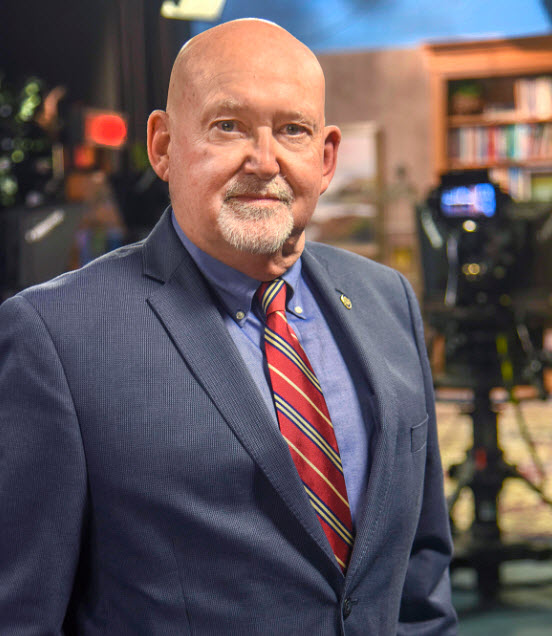
The IT infrastructure and especially the IP network are a fundamental building block of the modern broadcast technical plant. In this environment, cybersecurity cannot be ignored to insure a reliable, secure and protected system.
Industry cybersecurity practices principals are commonly based upon federal agency efforts from the National Institute of Standards and Technology (NIST) and practices from the Cybersecurity and Infrastructure Security Agency (CISA). The NIST Framework and CISA Guidelines are often seen as a complex and a daunting task to implement within a broadcast facility. While faced with to immediate need to maintain effect cybersecurity prevention practices, ransomware has become the most popular and the most successful cybersecurity threat. Ransomware often targets the broadcast industry with increasing sophistication and severity of the attacks.
This presentation will focus on ransomware threats and provide an awareness of practical implementable cybersecurity precautions based upon the NIST Framework principals and CISA Guidelines in understandable terminology. Specific topics will include a brief overview of NIST cybersecurity principals and implementation guidelines based upon the CISA defenses of Prevent, Detect and Recover to defend against ransomware through policy, technical and educational methods.
Power-based Non-Orthogonal Multiplexing in Next Generation TV & 5G
Presenter: Dr. Liang Zhang, Senior Research Scientist with the Communications Research Centre Canada
RF safety issues: why so controversial?
Presenter: Dr. C-K Chou, IEEE International Committee on Electromagnetic Safety TC95 Chairman
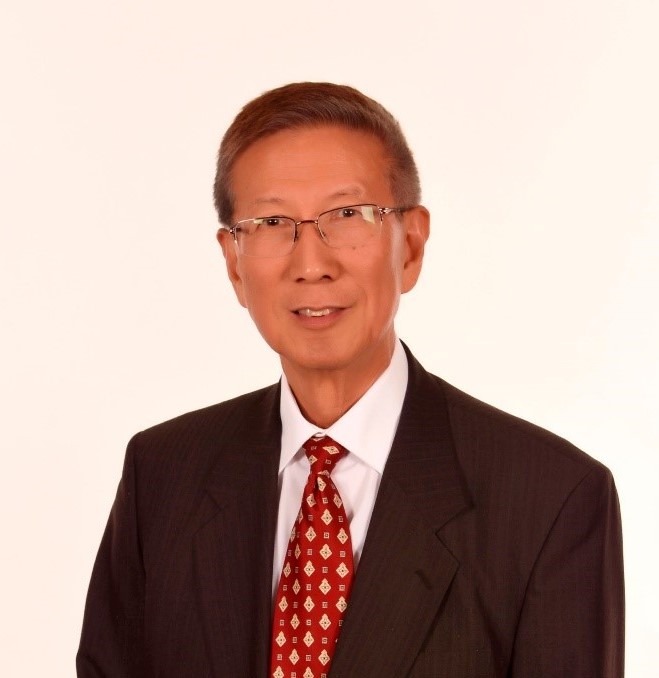
The dramatic increase in man-made radio frequency (RF) fields in the environment has led to public health concerns in many parts of the world. Specifically, questions have been raised on the safety of exposure to RF energy emitted from radar, television and radio broadcasting systems, microwave ovens, video display terminals, and most recently, mobile telephones and base stations, such as Wi-Fi, and 2 to 5 G. Wearable RF gadgets are prevailing. Wireless power transmission is a newer subject, which can involve high intensity exposures. The IEEE EMF database now has more than 7500 original, peer-reviewed papers useful for public health risk assessment of RF exposure. Even there has been 70 years of research, and WHO indicated that scientific knowledge in this area is now more extensive than for most chemicals and current evidence does not confirm the existence of any health consequences from exposure to low level electromagnetic fields, controversy on RF safety continues. Two international groups, IEEE and ICNIRP have been addressing this issue for decades. While the goal of both groups is to provide limits that protect against established or known adverse health effects, there are groups that advocate more stringent exposure limits based on possible biological effects, at limits that are impossible to implement without serious consequence. Both biological and engineering complexities make the validity of many studies questionable. Samples of RF biological effects studies will be shown. In this presentation, research, standards, regulation and risk communication concerning RF safety will be addressed.
Broadcast Radio Technology in the US – Where We Are and Where We Are Headed
Presenter: David Layer, VP Advanced Engineering, National Association of Broadcasters

It seems appropriate in 2020, the year of the 100th anniversary of radio, to offer a status report on US broadcast radio technology, where it is today and where it is headed. In this session Mr. Layer will provide an overview of current AM and FM-band broadcast technology, focusing in particular on hybrid (over-the-air plus internet) and digital radio services, and including some of the technical work being done within the National Radio Systems Committee (NRSC, a technical standards-setting body co-sponsored by the National Association of Broadcasters and the Consumer Technology Association). Following this, the focus will shift to a look ahead, at how over-the-air services are expected to evolve and at the growing influence of streaming audio services on broadcasting.
David Layer is vice president, advanced engineering in NAB's Technology department. David has been with NAB since 1995 focusing primarily on the radio technology and standards setting area. Davd's principal responsibilities include serving as a project manager for technology projects being conducted by PILOT (formerly NAB Labs), and as principal administrator of the NAB Radio Technology Committee, a group of technical executives from NAB member companies that advises NAB on technology development and techinal regulatory matters. Currently, David is the charman of the RadioDNS Steering Board and is the NAB representative to the RDS Forum. He is also vice-chair of the Noth American Broadcasters Association (NABA) Radio Committee. He is a senior member of the IEEE and a member of the Assocaition of Federal Communications Consulting Engineers (AFCCE).
Since 2002, David has chaired or co-chaired the IEEE Broadcast Symposium eight times - in 2002-2004, 2011-13 (with Paul Shulins), 2016 (with Jim Stenberg and Roz Clark), and 2017 (with Bob Weller). He has served 2 six-year terms on the BTS Adcom, from 2001-2006 and 2011-2016, and is a past Assocaite Editor of the IEEE Transactions on Broadcasting. Currently Davis is one of the BTS Distinguished Lecturers and has given lectures focusing on digital and hybrid radio to BTS chapters in Montreal, San Diego, Buenos Aires, Montevideo, Bilbao, Beijing, Shanghai and Belgrade.
Future of Broadcast TV
Presenter: Peter Siebert, Broadcast Industry Advisor
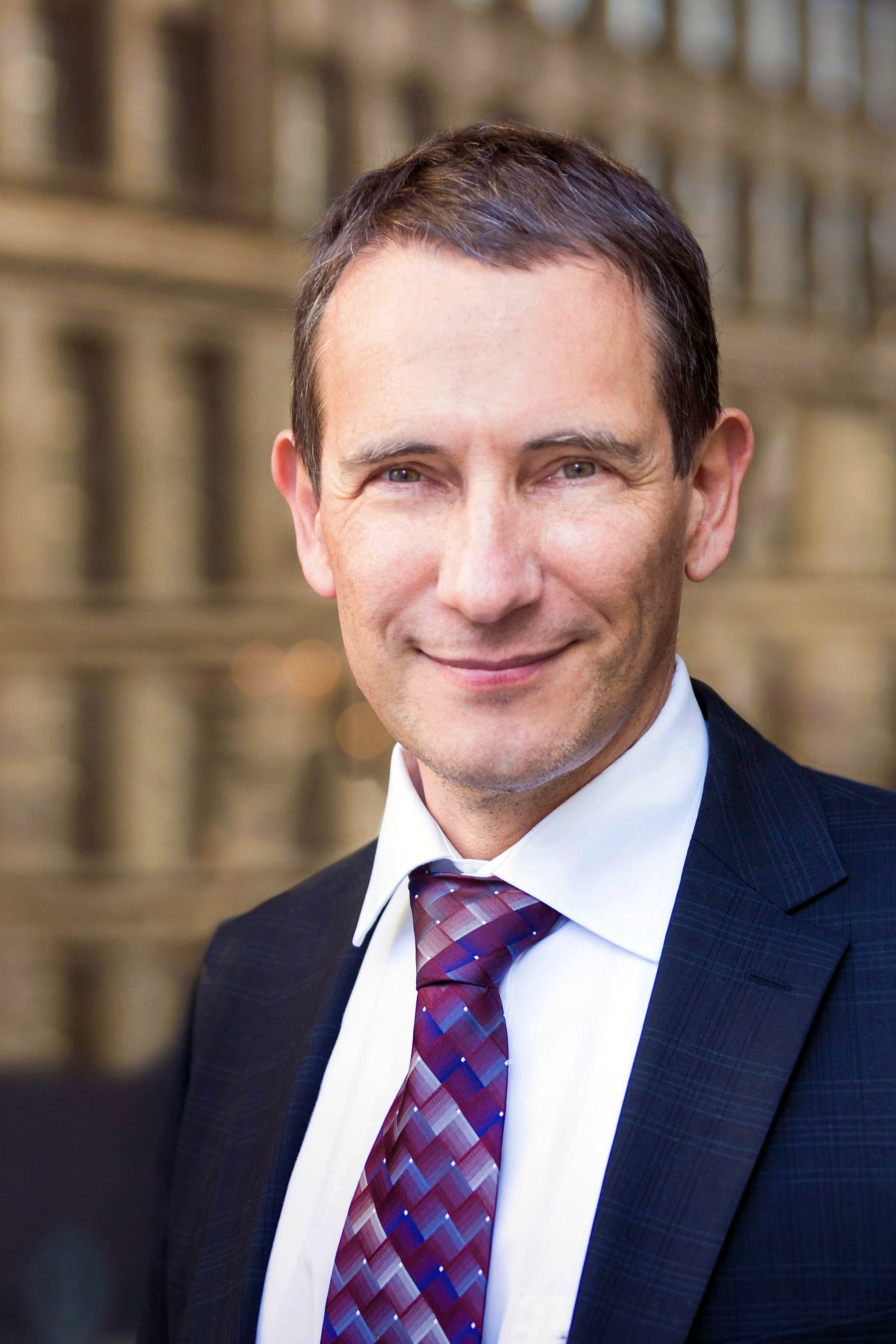
Over the last 25 years Standards Developing Organisations (SDO) like ATSC or DVB have provided the necessary specification for the transition from analogue to digital TV. Analogue Switch Off has happened in many parts of the world. Now, with HD and UHD being specified as well, what will be the future roadmap for broadcast media technology and how can SDOs provide the technology for next generation broadcast?
Dr Peter Siebert career spans 35 years. He has held various positions within the Broadcast industry, most recently he was the Executive Director at the DVB Project Office in Geneva, where he was responsible for all organizational and technology related aspects of the DVB. Prior to this with Siemens AG, he was influential in the design of the end-to-end IPTV and set-top box solution; at SES-ASTRA he was instrumental in the introduction of digital television via satellite for Europe, based on the DVB/MPEG-2 standards; and at Philips Kommunikations AG, he managed digital audio and video transmission.
His involvement has been on all aspects of audio-video transmission such as video transmission over telecommunication networks (PDH/SDH), satellite and IPTV networks. He was responsible for a number of ETSI specifications in the area of satellite transmission as well as for DVB standards. He holds several patents for various aspects of audio-visual data transmission.
Dr. Peter Siebert received his M.Sc. degree in 1984 and his Ph.D. degree in 1989 in physics from the University in Frankfurt, Germany. In addition, he holds a degree in economics from the University in Hagen, Germany and an MBA from the Open University Milton Keynes, UK. He is a Senior IEEE Member and an elected Adcom member of IEEE Broadcast Technology Society (BTS).
Digital Terrestrial Television Broadcast Technologies
Presenter: Amal Punchihewa
Amal Punchihewa is a researcher in audio/video signal processing and disaster communication. He possesses competencies gained over the last 35 years of service in all three sectors of ICT & broadcasting; viz. Academia, Research and Industry in senior broadcasting technology and ICT roles, including research and developments, regional capacity building in media and as head of engineering of national TV-Sri Lanka, having started a career in computer engineering.
Amal graduated with a BSc (Eng) Hons. MEng and PhD in video signal processing. He has published over 130 scholarly articles and is a Senior Member of IEEE(USA), Chartered Professional Engineer-CEng, Fellow of IET(UK) and Fellow of Engineering New Zealand.
Amal was active in the World Broadcasting Unions - Technical Committee (WBU-TC) and is still active in ITU broadcast-related technical activities. He was Vice-Chairman of the WBU-TC and is an advisor to the IET Vision and Imaging Professional Network in the UK. He also worked hard in reaching global harmonisation for broadcast technology when he was the Vice-Chairman of WBU-TC for four years.
He is a STEM ambassador for Engineering New Zealand. Amal brings his global cutting-edge knowledge from his research in broadcast and media with researchers in the Netherlands, Japan, Korea, USA and other parts of the world.
ATSC 3.0 - Spotlight on Story-telling
Presenter: Madeleine Noland, President of ATSC
ATSC President, Madeleine Noland, discusses the new story-telling capabilities of ATSC 3.0, aka Next Gen TV. She will cover the capabilities currently specified, including new video formats, audio advancements and accessibility capabilities, as well as how interactivity can enhance the story-telling toolbox. Security can be a key component of a content producer’s requirements as high value, high quality content is offered via an IP-based broadcast system. Noland will review the security systems and usage for Next Gen TV. Lastly, she will offer thoughts on market deployments in the U.S. and elsewhere, and peer into the crystal ball of future technologies that may become the next great story-telling device.
Broadcasting's Bright Future
Presenter: Paul Shulins, President of Shulins' Solutions
The Broadcast landscape is changing rapidly, and today’s engineers are learning new skills as the technology evolves. There is more emphasis on data delivery today and we are constantly finding better ways to deliver content to our audiences. What does this mean for the young engineers embarking on a career in broadest engineering? During this webinar I will reflect on my career in broadcast engineering, sharing experiences and observations, helping us to recognize trends and react to them wisely. Using practical experience examples like facility consolidation, adopting new technology such as HD Radio and using tools for ratings metrics, I will review some of the innovations I have been a part of, the results of those advances, and how the career has been so rewarding. I will discuss why broadcasting is here to stay, and why I believe we have the most efficient way of distributing content. For anybody interested in Broadcast Engineering this discussion will be a positive experience. A question and answer period will follow the presentation



